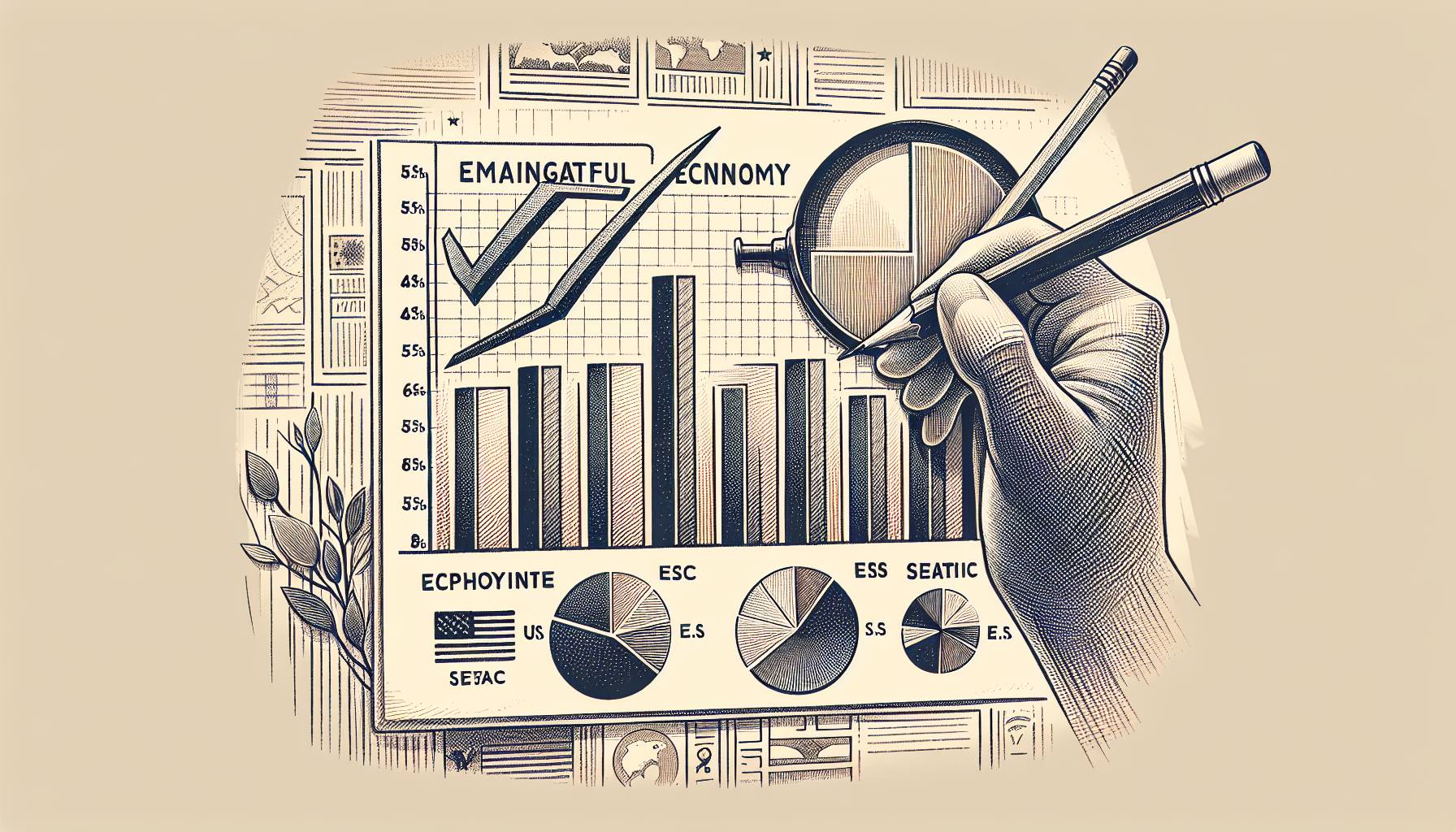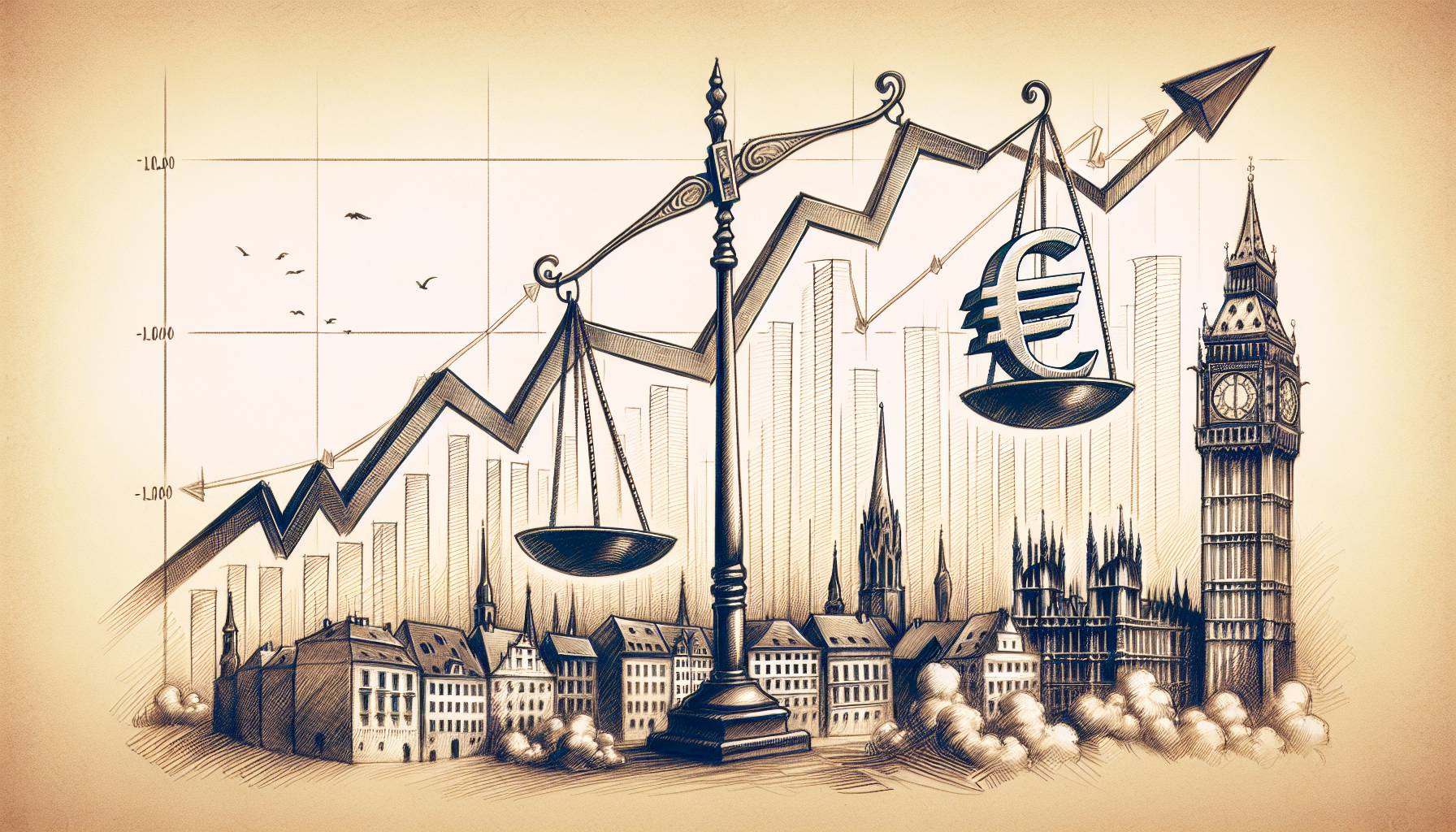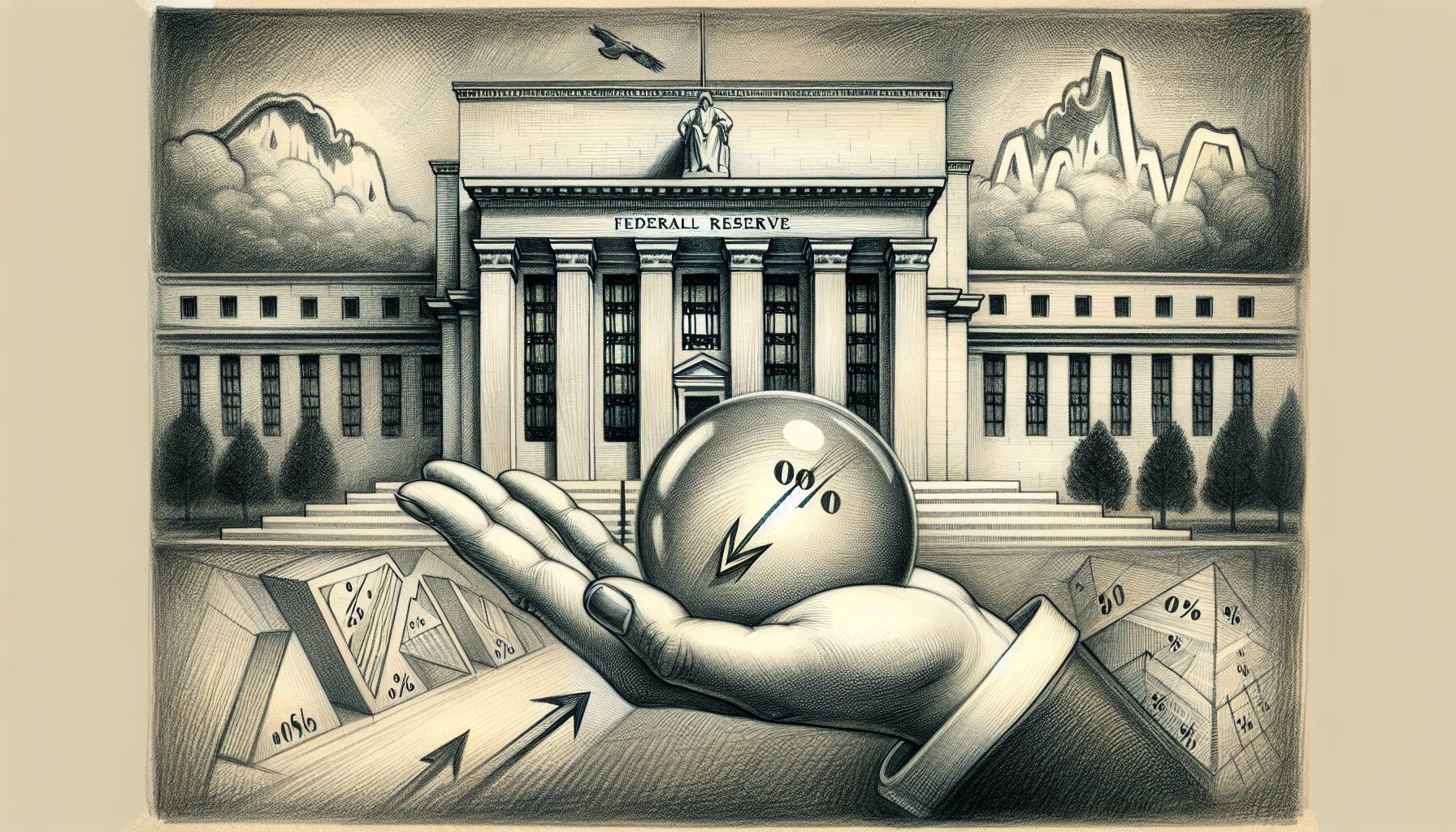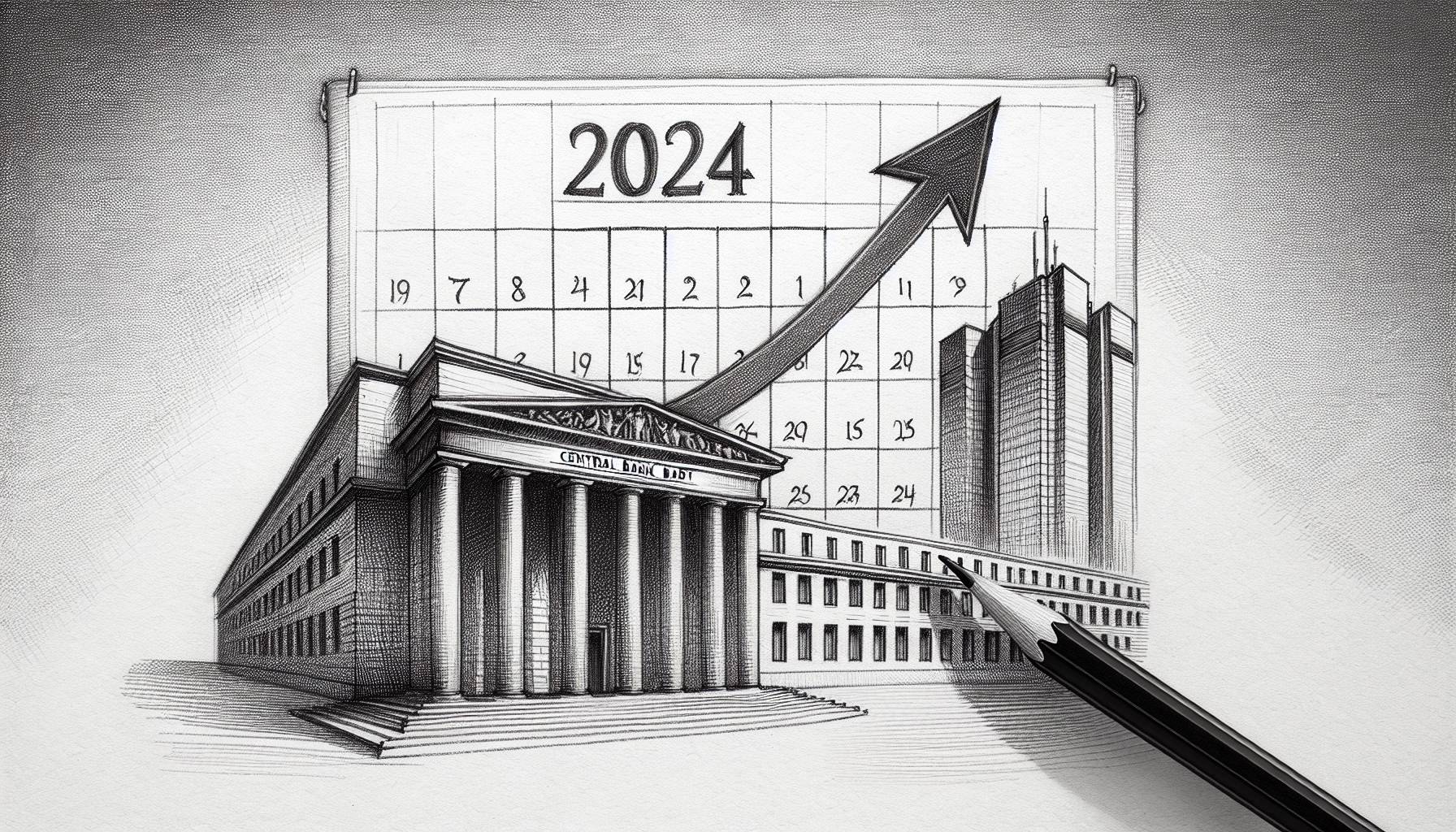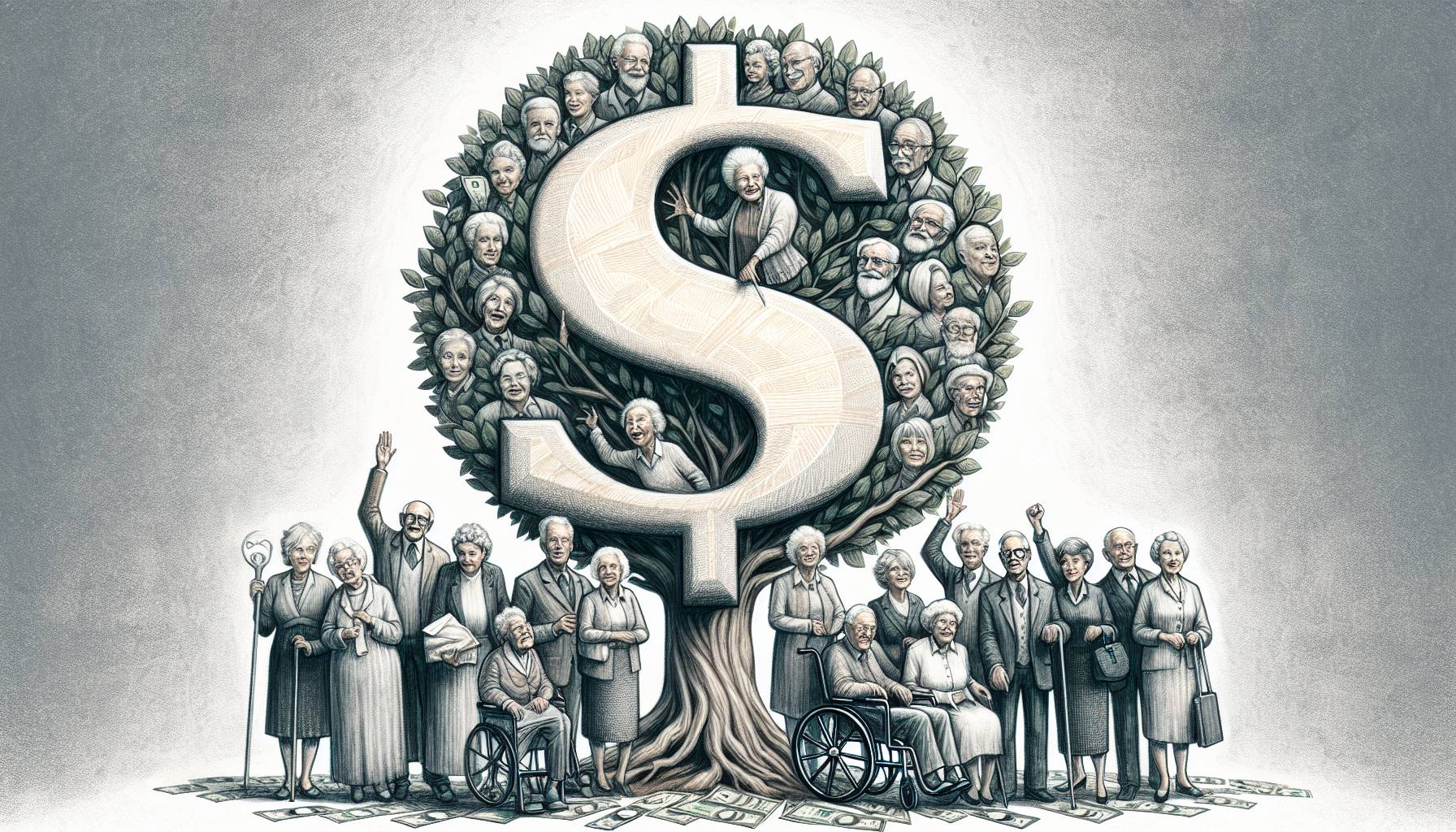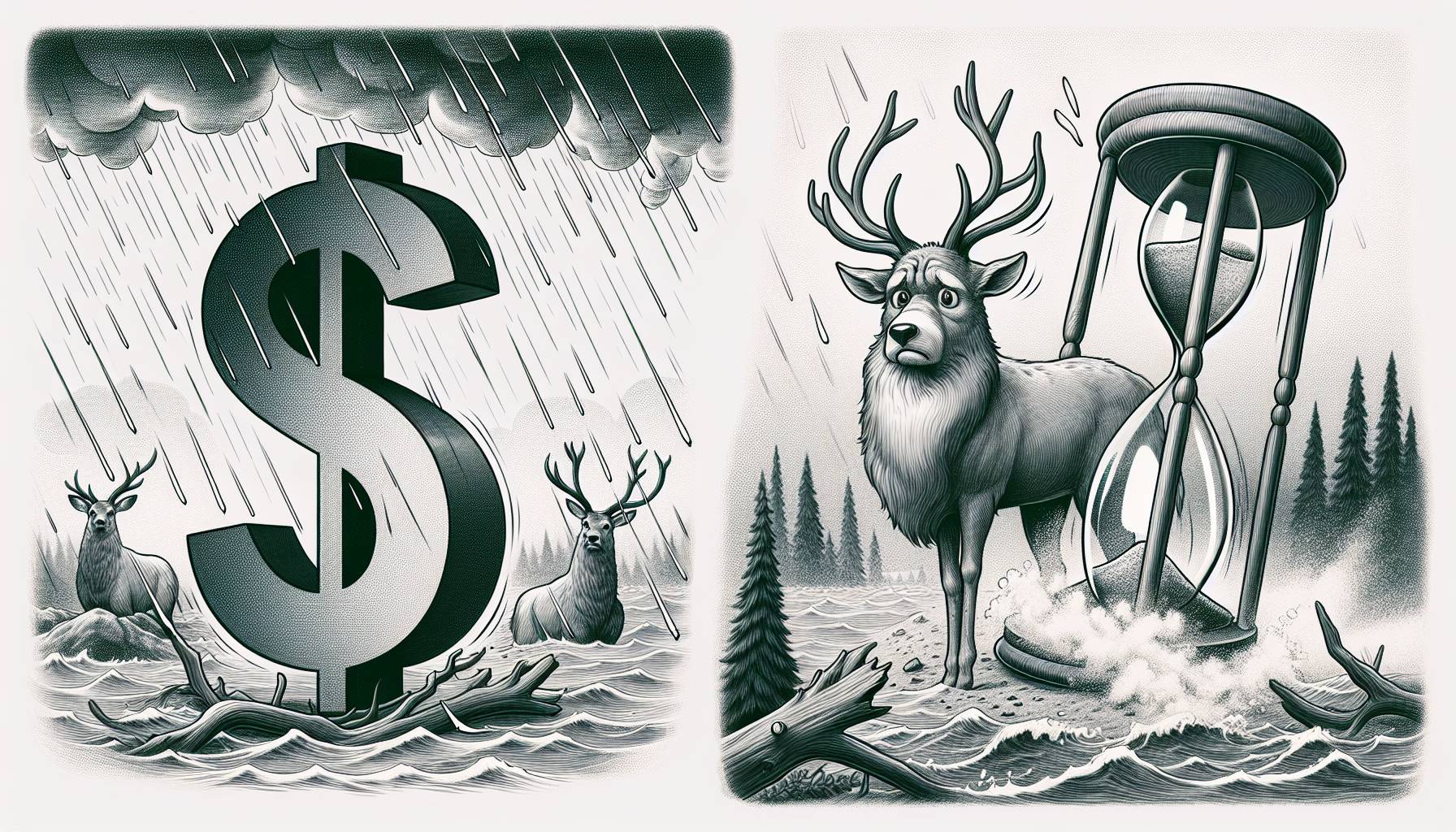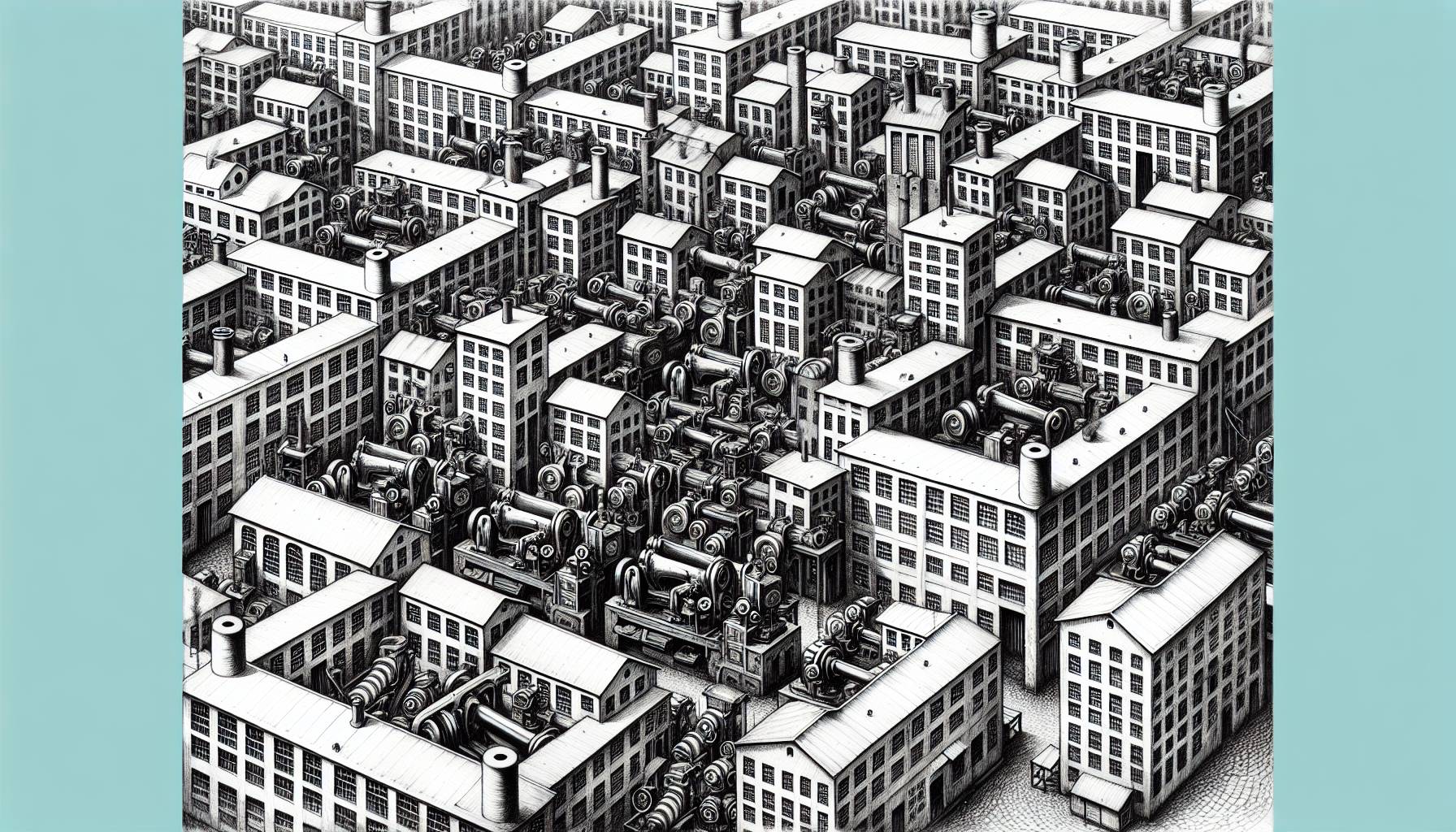U.S. Federal Reserve officials face navigating “uncharted waters” as they work to manage monetary policy amid decreasing inflation without a rise in unemployment rates, according to recent research by the Richmond Fed staff. This unusual economic situation poses challenges for policymakers, who typically expect a trade-off between low inflation and low unemployment, as explained by the Phillips curve in macroeconomic theory. In these unique circumstances, the Federal Reserve must thoughtfully assess the potential consequences of its decisions on both inflation and the U.S. job markets.
The research note emphasizes the unprecedented situation of the Federal Open Market Committee significantly reducing inflation without a corresponding increase in unemployment for the first time in the postwar era. This exceptional accomplishment showcases the effectiveness of the Committee’s recent policies, setting a benchmark and contributing significantly to discussions on monetary policies. It also demonstrates the possibility of simultaneously reducing inflation while maintaining employment levels.
Although there was a slight increase in the Consumer Price Index (CPI) in July, a decline in core CPI reveals the Fed’s progress towards its price stability goal. The Fed’s ongoing efforts in controlling inflation through monetary policies have been vital in achieving this objective. This progress not only boosts consumer confidence but also creates a stable environment for businesses to thrive and stimulate economic growth.
Inflation, measured by CPI, has fallen from its peak of 9.1% in June 2021, while the federal funds rate has risen by 5.25 percentage points since March 2022. This decline in inflation suggests a potential stabilization of the economy following a period of rapid economic fluctuations. As the federal funds rate increases, financial experts are closely observing the situation to evaluate the impact on consumers, businesses, and the overall economic trajectory.
With a consistent low of 3.5% last month, there seem to be no signs of unemployment rising in the near future. This stability in the job market indicates a robust economy, enabling more people to secure jobs and maintain their financial wellbeing. Various industries have contributed to this positive trend, fostering an optimistic outlook for both job seekers and employers.
Federal Reserve officials anticipate a gradual moderation of housing costs and decreasing prices for an array of goods and services. This expected slowdown in price inflation is viewed as a positive development for consumers, who have been wrestling with the financial burden caused by the recent spike in prices. The central bank’s reassurances are welcomed by many as the US economy continues to recuperate from the impact of the COVID-19 pandemic.
The rate decision for the forthcoming Fed meeting on September 19-20 remains undetermined, as more data on prices and employment is required. Economists and analysts eagerly await these vital statistics, which will play a significant role in influencing the Federal Reserve’s decision on whether to raise or maintain interest rates. The uncertainty surrounding the outcome of the rate decision has contributed to increased speculation and volatility in the financial markets.
Frequently Asked Questions
What is the unusual economic situation the Federal Reserve is facing?
The Federal Reserve is currently navigating “uncharted waters” as it manages monetary policy amid decreasing inflation without a rise in unemployment rates. This situation is unusual as policymakers typically expect a trade-off between low inflation and low unemployment, as explained by the Phillips curve in macroeconomic theory.
What is the significance of the Federal Open Market Committee reducing inflation without a corresponding increase in unemployment?
This unprecedented situation demonstrates the effectiveness of the Committee’s recent policies, setting a benchmark and contributing significantly to discussions on monetary policies. It also showcases the possibility of simultaneously reducing inflation while maintaining employment levels for the first time in the postwar era.
How has the Fed’s progress towards price stability affected consumer confidence and economic growth?
As the Fed achieves its price stability goal, consumer confidence is boosted, and a stable environment is created for businesses to thrive and stimulate economic growth.
What factors indicate a stable job market in the U.S.?
With a consistent low unemployment rate of 3.5%, there seem to be no signs of rising unemployment in the near future. This stability indicates a robust economy, enabling more people to secure jobs and maintain their financial wellbeing. Various industries have contributed to this positive trend.
What does the Federal Reserve expect regarding housing costs and prices for goods and services?
Federal Reserve officials anticipate a gradual moderation of housing costs and decreasing prices for an array of goods and services. This expected slowdown in price inflation is viewed as a positive development for consumers, easing the financial burden caused by the recent spike in prices.
What factors will influence the Federal Reserve’s rate decision at the upcoming meeting on September 19-20?
The rate decision remains undetermined, as more data on prices and employment is required. Economists and analysts eagerly await these vital statistics, which will significantly influence the Federal Reserve’s decision on whether to raise or maintain interest rates. The uncertainty surrounding the outcome has contributed to increased speculation and volatility in the financial markets.
First Reported on: reuters.com
Featured Image Credit: Photo by Alexander Grey; Unsplash; Thank you!


